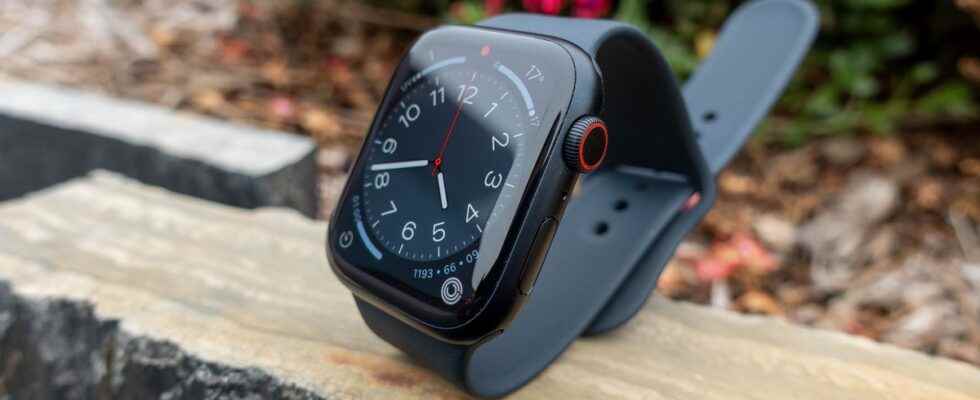Quite proud to equip its Apple Watch Series 8 with a skin temperature sensor, which was already expected on the previous version, the Cupertino company has nevertheless devoted it to menstrual cycle monitoring to specifically detect the period of ovulation, prone to temperature rises. Well aware that a misunderstanding of the function can lead to serious risks of consequences, Apple has specified that this information is not supposed to be used as a means of contraception to prevent a birth.
As the magazine points out WiredApple’s new feature, also rolling out to the Apple Watch Ultra, comes at a time when other similar technologies have emerged.
This trend has caused some medical experts to react, pointing out the potential risks associated with improper use, reading or understanding of the menstrual tracker that can “lead to unwanted pregnancies by people who don’t understand how complicated fertility can be”. And as the American media points out, “These fears are compounded by recent restrictions on abortion rights in the United States that not only make it more difficult to terminate unwanted pregnancies, but also make the collection and storage of menstrual cycle data”. As soon as its Watch Series 8 was announced, Apple made it clear that, like all Health data, ovulation detection was encrypted and secured by Face ID.
Menstrual tracking apps used for contraception
The lack of investment dedicated to women’s health has generated a boom in “femtech”, an area in which much remains to be done. Cycle tracking applications (which rely on information provided by the user) abound in application stores and collect thousands of data. The latter, at the center of fertility awareness methods, are used by some women as an alternative to the pill or other means of contraception.
Apple states on its website that “the Cycle Tracker app should not be used for birth control purposes.” and specifies that the information related to ovulation are only estimates. The company does not want to be targeted in the event of an incorrect estimate and does not in any way certify the periods favorable to fertilization. The firm adds that the Monitoring should never be used to diagnose medical conditions that may affect ovulation”such as polycystic ovary syndrome“.
The contraceptive method based on the temperature too unreliable
As reminded Wired, the Health app on iOS already offered its users the option of entering their menstrual cycle and their physical symptoms. Depending on the data obtained, the application can make predictions about the date of the upcoming period and the period of ovulation. But according to the American College of Obstetricians and Gynecologists, this system has a high failure rate. And while most of these apps claim to be birth control, the reality is that people rely on them. As a researcher from the University of Utah states in Wired“There is not enough knowledge about the body and health in our population to really understand that this is not true. It’s a problem in all fertility technologies, but Apple is the biggest and most visible”.
